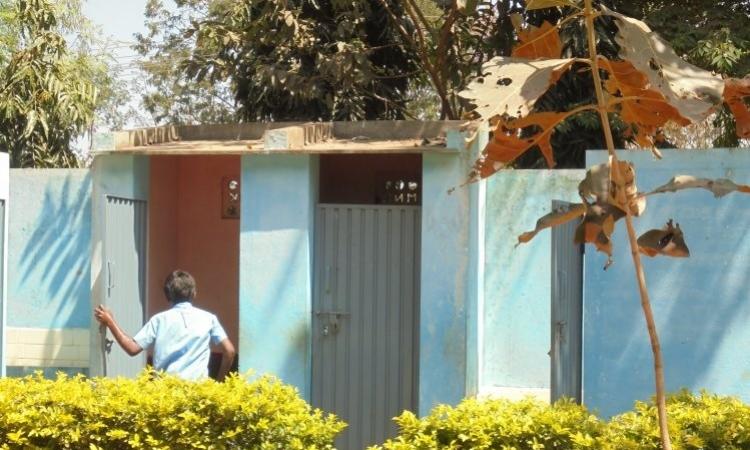
Lack of access to safe drinking water coupled with poor sanitation often causes water-borne diseases such as diarrhoea. Come monsoons, and the situation worsens due to increased flooding and sewage mixing with drinking water sources. Diarrhoea is one of the leading causes of morbidity and mortality, especially among children worldwide. It is caused by a host of bacterial, viral and parasitic organisms, most of which are spread by water contaminated with faeces.
In South Asia, India registers the third highest proportion of child deaths caused by diarrhoea; Afghanistan and Pakistan take the top two spots.
Diarrhoeal diseases are the most prevalent of all water-related diseases in India.
Andhra Pradesh registered the maximum number of cases of diarrhoea followed by West Bengal, Odisha and Uttar Pradesh in 2012.
India continues to lag behind in terms of safe drinking water, a major factor in controlling diarrhoeal diseases. The Census considers supply from handpumps and tubewells also as safe notwithstanding that most of these sources are found to be carriers of water-borne diseases. Such a definition helps the government exaggerate the coverage.
The coverage of 'safe drinking water' in India increased from 62.3 percent in 1991 to 77.9 percent in 2001, and 94 percent in 2011. However, only 43.5 percent of this was tap water of which only 32 percent was treated. Marked urban rural differentials continue to persist in the availability of tap water, with rural areas lagging behind in tap water coverage.
Sanitation coverage continues to be low and half the population still does not have access to toilets, another major factor that can lead to an increase in diarrhoeal cases.
Kerala tops the country in terms of availability of improved toilets. The Census classifies improved toilets as flush/ pour flush latrines connected to piped sewer systems or septic tanks, and pit latrines to slab or ventilated improved pits.
An analysis of Census data shows that a higher prevalence of diarrhoeal diseases is linked to unimproved toilet facilities within the premises. The Census classifies as unimproved toilet facilities flush/ pour flush latrines connected to other systems, which could include open systems other than the piped sewers and septic tank, pit latrines without slab or cover, night soil disposed into open drains and service latrines with night soil removed by humans or animals. All these can lead to unhygienic conditions thus increasing the risk of contamination and diarrhoeal diseases.
It is clear that just providing toilets is not enough. What is more important is the availability of improved, working and hygienic toilets with better mechanisms to dispose the sewage, which can prevent it from contaminating the environment and water sources.